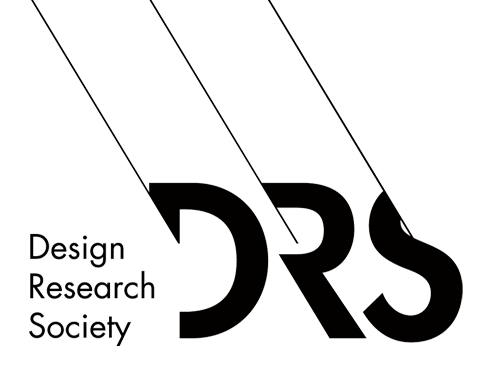Abstract
This article examines the challenge of communicating the often invisible risks of environmental pollution, focusing on metal contamination in urban soils. Using the Champ des Possibles (CDP), a former industrial site in Montreal, as a case study, we critique the limitations of traditional data visualization methods in fostering public engagement with such abstract and intangible phenomena. To address this gap, we introduce two complementary concepts: transduction and data polysensualization. Transduction refers to the process of converting abstract data, such as numerical representations of metal concentrations, into sensory signals: light patterns, soundscapes, tactile vibrations, etc. This process enables to directly perceive otherwise imperceptible environmental phenomena. Polysensualization, by contrast, is a methodological framework that prioritizes sensory engagement as the foundation for designing how transduction unfolds. Rather than focusing on material or functional outputs, polysensualization emphasizes the integration of multiple sensory modalities—vision, sound, smell, and touch—from the earliest stages of the design to create engaging and sensitive aesthetic experiences. Integrating multiple sensory modalities helps evoke a deeper emotional connection and enhance comprehension, making abstract environmental issues more relatable and impactful. Drawing on research in data physicalization and sensory ethnography, we explore the sensory perception of metals and the potential for transducing environmental data into tangible encounters. This exploration culminates in the development of Ballets Résiduels and En, Sur et Face, two research-creation projects that transforms soil contamination data from the CDP into polysensory experiences. The article provides a detailed account of the project’s design and implementation, including the role of transduction in generating sensory outputs and polysensualization as a methodology for crafting interconnected sensory narratives. We analyze the implications of this approach for fostering public understanding of complex ecological issues and enhancing engagement with critical environmental challenges.
Keywords
data polysensualization; polysensory design; participatory practices; soil contamination; intermedia scoring
DOI
http://doi.org/10.21606/eksig2025.116
Citation
Ammar-Khodja, B.,and Celerier, J.(2025) Sensing Beyond Graphs, Artifacts, and Matter: Data Polysensualization as a Framework for Environmental Detection in Art and Design practices, in Karyda, M., Çay, D., Bakk, Á. K., Dezső, R., Hemmings, J. (eds.), Data as Experiential Knowledge and Embodied Processes, 12-13 May, Budapest, Hungary. https://doi.org/10.21606/eksig2025.116
Creative Commons License

This work is licensed under a Creative Commons Attribution-NonCommercial 4.0 International License
Sensing Beyond Graphs, Artifacts, and Matter: Data Polysensualization as a Framework for Environmental Detection in Art and Design practices
This article examines the challenge of communicating the often invisible risks of environmental pollution, focusing on metal contamination in urban soils. Using the Champ des Possibles (CDP), a former industrial site in Montreal, as a case study, we critique the limitations of traditional data visualization methods in fostering public engagement with such abstract and intangible phenomena. To address this gap, we introduce two complementary concepts: transduction and data polysensualization. Transduction refers to the process of converting abstract data, such as numerical representations of metal concentrations, into sensory signals: light patterns, soundscapes, tactile vibrations, etc. This process enables to directly perceive otherwise imperceptible environmental phenomena. Polysensualization, by contrast, is a methodological framework that prioritizes sensory engagement as the foundation for designing how transduction unfolds. Rather than focusing on material or functional outputs, polysensualization emphasizes the integration of multiple sensory modalities—vision, sound, smell, and touch—from the earliest stages of the design to create engaging and sensitive aesthetic experiences. Integrating multiple sensory modalities helps evoke a deeper emotional connection and enhance comprehension, making abstract environmental issues more relatable and impactful. Drawing on research in data physicalization and sensory ethnography, we explore the sensory perception of metals and the potential for transducing environmental data into tangible encounters. This exploration culminates in the development of Ballets Résiduels and En, Sur et Face, two research-creation projects that transforms soil contamination data from the CDP into polysensory experiences. The article provides a detailed account of the project’s design and implementation, including the role of transduction in generating sensory outputs and polysensualization as a methodology for crafting interconnected sensory narratives. We analyze the implications of this approach for fostering public understanding of complex ecological issues and enhancing engagement with critical environmental challenges.

